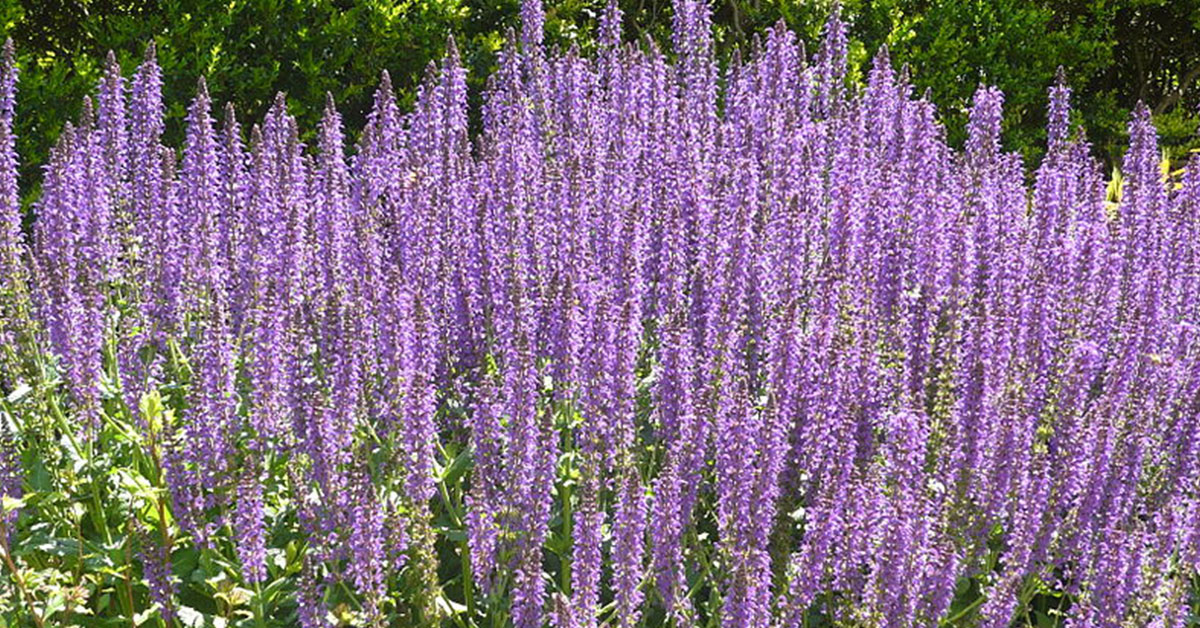Growing peppers can be a delightful and rewarding experience for any gardener. Whether you’re interested in sweet bell peppers, spicy jalapeños, or exotic varieties, peppers bring vibrant color and exciting flavors to your garden and kitchen. However, growing peppers successfully can come with its own set of challenges and questions. Understanding the nuances of pepper cultivation can help you achieve a bountiful harvest.
In this article, I’ll address the top ten questions about growing peppers, providing detailed answers to help you nurture healthy, productive plants. From planting to harvesting, these expert tips will guide you through the entire process. Let’s dive in and explore the world of peppers together!
What Is the Best Time to Plant Peppers?

The best time to plant peppers is after the danger of frost has passed and the soil has warmed up. Peppers thrive in warm weather and are sensitive to cold temperatures. Typically, you should plant them in late spring to early summer. Start seeds indoors 8-10 weeks before your last expected frost date, and transplant the seedlings outdoors when nighttime temperatures consistently stay above 55°F (13°C).
One of my favorite tips is to gradually acclimate your pepper seedlings to the outdoor environment. This process, known as hardening off, involves placing the seedlings outside for a few hours each day, gradually increasing the time and exposure to sunlight over a week or two. This helps the plants adjust to the outdoor conditions and reduces transplant shock, leading to stronger, more resilient plants.
How Should I Prepare the Soil for Peppers?
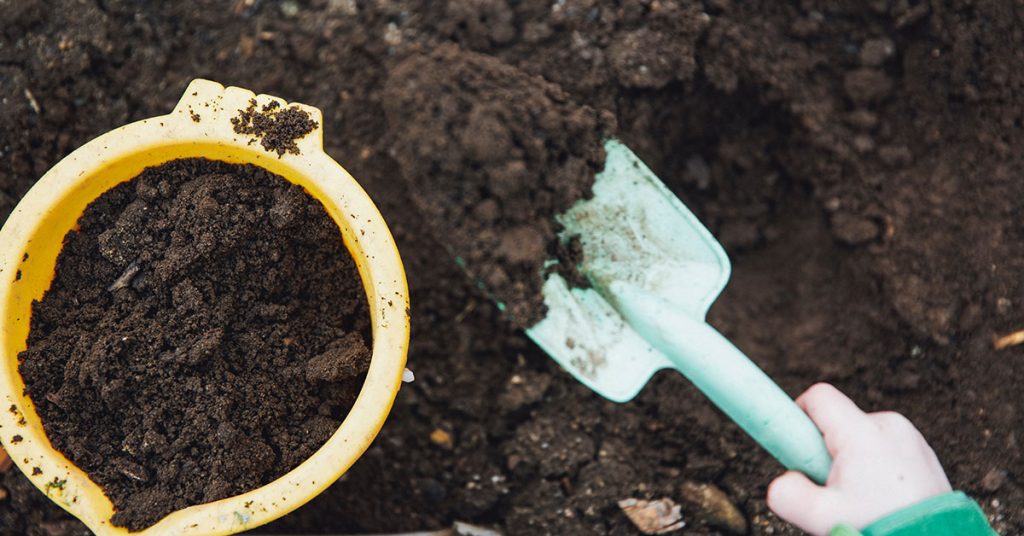
Peppers thrive in well-drained, fertile soil with a pH between 6.0 and 6.8. Start by incorporating plenty of organic matter, such as compost or well-rotted manure, into your garden bed. This improves soil structure and fertility, providing essential nutrients for healthy growth. Avoid using fresh manure, as it can introduce harmful pathogens and burn young plants.
Conduct a soil test to determine nutrient levels and pH, adjusting as necessary with lime or sulfur. Additionally, work in a balanced fertilizer before planting. Peppers benefit from a consistent supply of nutrients, so consider side-dressing with compost or a slow-release fertilizer mid-season. Proper soil preparation sets the foundation for healthy, productive pepper plants.
How Often Should I Water My Peppers?
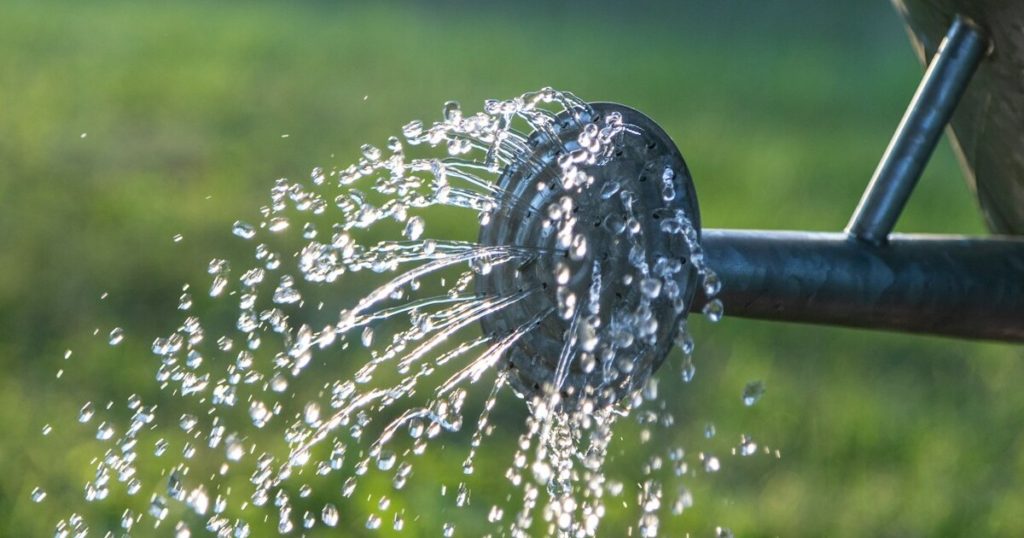
Proper watering is crucial for growing healthy peppers. Peppers need consistent moisture but do not tolerate waterlogged soil. Aim to provide about 1-2 inches of water per week, adjusting based on rainfall and soil conditions. Water deeply and less frequently to encourage deep root growth, which helps the plants access water during dry spells.
Water your peppers in the morning to reduce the risk of fungal diseases and allow the foliage to dry out during the day. Mulching around the plants can help retain soil moisture and regulate soil temperature. Be careful not to let the soil dry out completely between waterings, as inconsistent moisture can lead to blossom end rot and other issues.
What Are the Common Pests and How Do I Control Them?
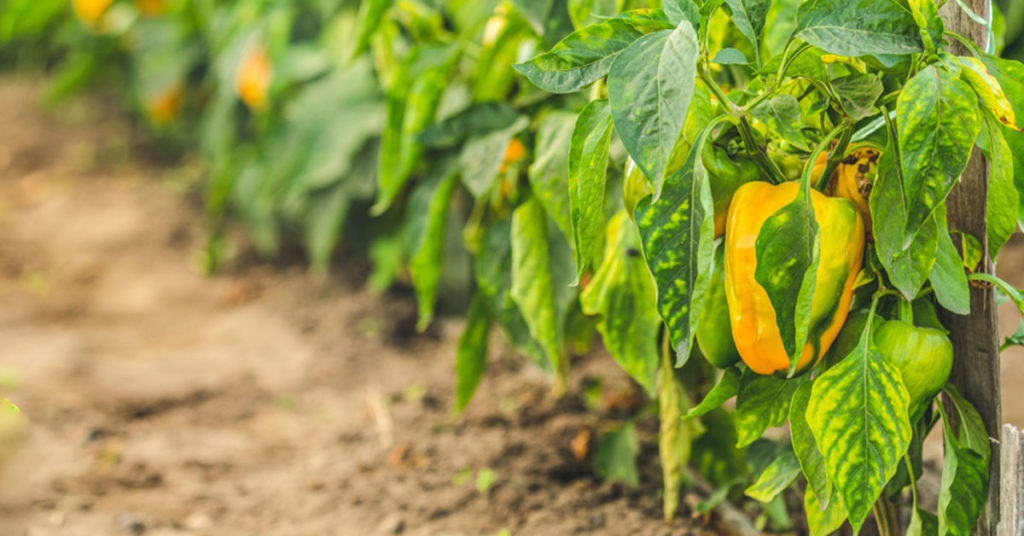
Peppers can attract various pests, including aphids, spider mites, and pepper weevils. Regularly inspect your plants for signs of pest activity, such as holes in the leaves, wilting, or sticky residue. Early detection allows you to manage infestations before they become severe. Introduce beneficial insects, such as ladybugs and lacewings, which can help control pest populations naturally.
For heavier infestations, consider using organic insecticides like neem oil or insecticidal soap. Additionally, practice good garden hygiene by removing debris and weeds that can harbor pests. Crop rotation and interplanting with pest-repelling plants, like basil and marigolds, can also help reduce pest problems. A combination of these methods can keep your pepper plants healthy and pest-free.
How Can I Prevent Diseases in My Pepper Plants?
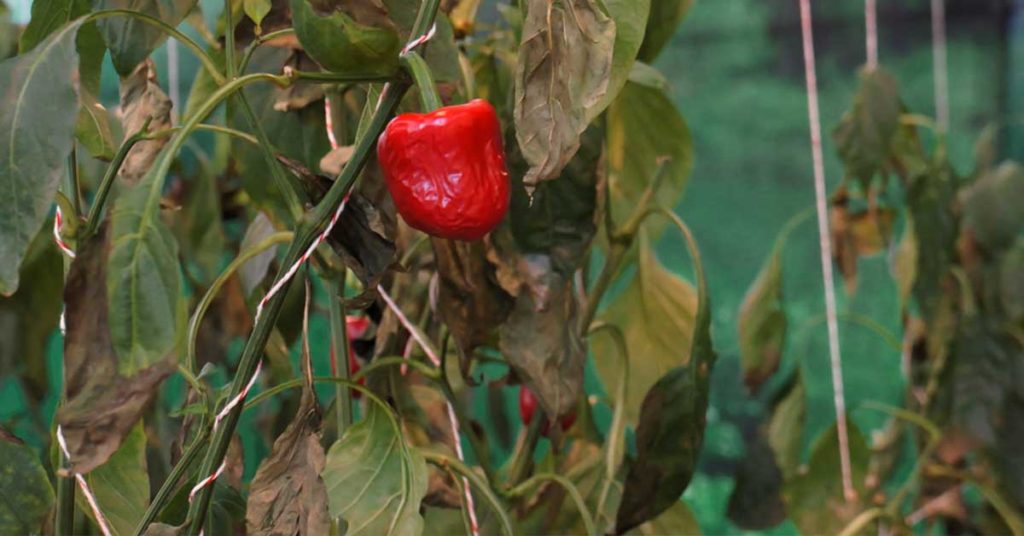
Preventing diseases in pepper plants starts with selecting disease-resistant varieties and practicing good cultural habits. Avoid overhead watering to keep the foliage dry and reduce the risk of fungal diseases. Water at the base of the plants using drip irrigation or a soaker hose. Ensure proper spacing between plants to promote good air circulation and reduce humidity around the plants.
Rotate crops yearly, avoiding planting peppers in the same spot where other nightshade family crops (like tomatoes and eggplants) have grown in the past two years. Remove and destroy any diseased plant material promptly to prevent the spread of pathogens. Regularly inspect your plants and take quick action if you notice any signs of disease. These practices help maintain a healthy pepper garden.
Should I Prune My Pepper Plants?
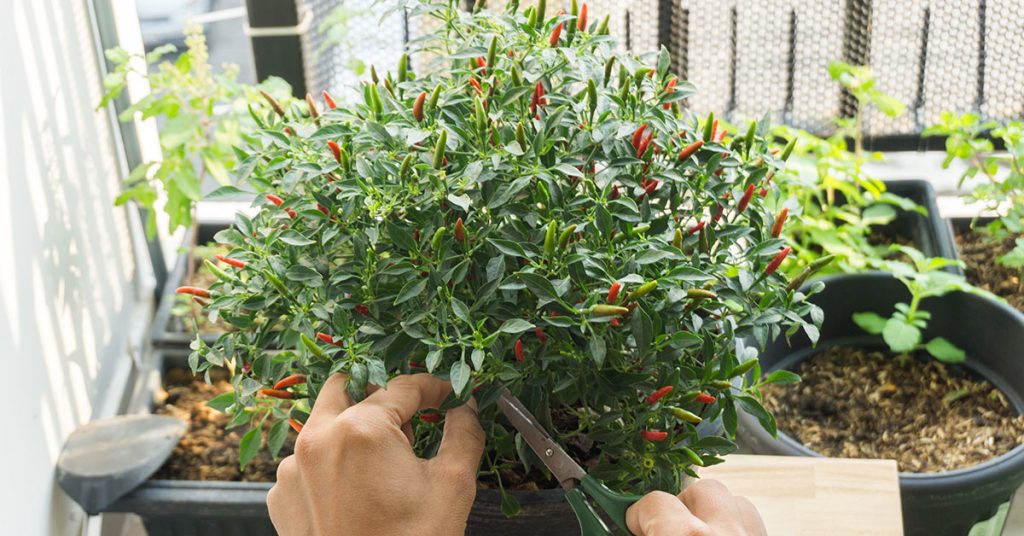
Pruning pepper plants can improve air circulation, reduce disease risk, and encourage the plant to focus on fruit production. Remove any dead or yellowing leaves and any suckers (small shoots) that grow between the main stem and branches. This helps direct the plant’s energy toward developing fruit rather than excess foliage.
However, don’t over-prune your plants. They still need plenty of leaves to photosynthesize and produce energy. For taller, indeterminate varieties, consider staking or using cages to support the plants and prevent branches from breaking under the weight of the fruit. Proper pruning and support can lead to healthier plants and better yields.
How Can I Improve Pollination?
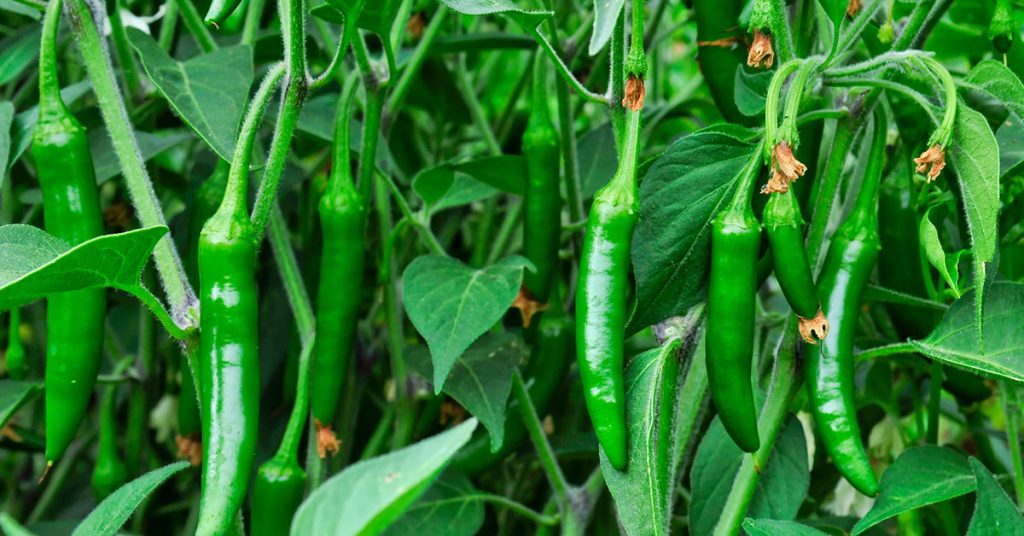
Peppers are generally self-pollinating, but they can benefit from the presence of pollinators like bees and butterflies. To attract these beneficial insects, plant flowers such as marigolds, zinnias, and sunflowers nearby. You can also gently shake the plants or use a small brush to transfer pollen between flowers, especially in indoor or greenhouse settings where natural pollinators may be scarce.
Ensuring good air circulation around your plants can also help with natural pollination. If you notice flowers dropping without setting fruit, poor pollination might be the issue. By encouraging more pollinators and assisting with manual pollination, you can maximize the number of peppers your plants produce.
When and How Should I Fertilize My Peppers?
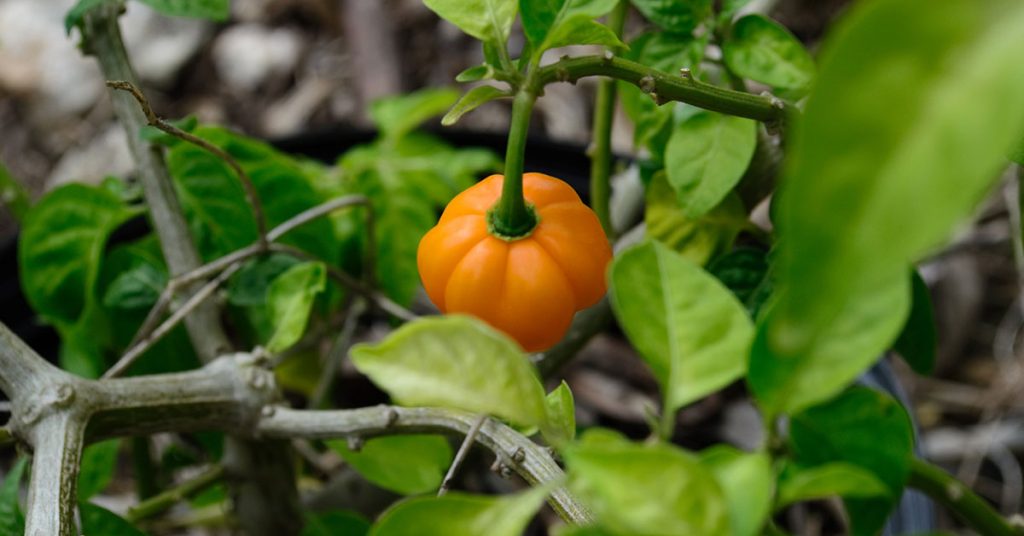
Peppers are heavy feeders and benefit from regular fertilization. Start by incorporating a balanced fertilizer into the soil at planting time. Once the plants start setting fruit, switch to a fertilizer with higher phosphorus and potassium content to support fruit development. Apply liquid fertilizers every 2-3 weeks or use slow-release granular fertilizers according to the package instructions.
Avoid over-fertilizing with nitrogen, as this can lead to lush foliage but fewer fruits. Organic options like compost tea or fish emulsion provide essential nutrients and improve soil health. Always follow the recommended application rates to prevent nutrient imbalances and ensure healthy, productive plants.
How Do I Know When to Harvest My Peppers?
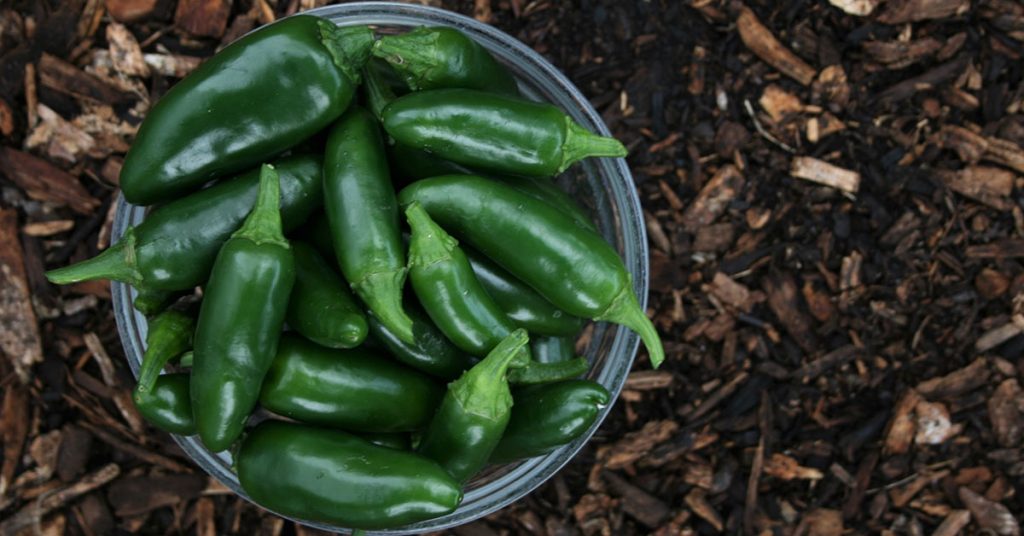
Knowing when to harvest your peppers ensures the best flavor and quality. Most peppers are ready to pick when they reach their mature size and color, depending on the variety. Bell peppers can be harvested green or left to ripen to red, yellow, or orange for a sweeter flavor. Hot peppers, such as jalapeños, should be harvested when they reach their full size and develop a glossy sheen.
Use sharp scissors or pruning shears to cut the peppers from the plant, leaving a small stem attached to avoid damaging the plant. Regular harvesting encourages the plant to produce more fruit. If you need to harvest early due to weather or pests, peppers will continue to ripen off the vine if kept at room temperature.
What Varieties of Peppers Should I Grow?
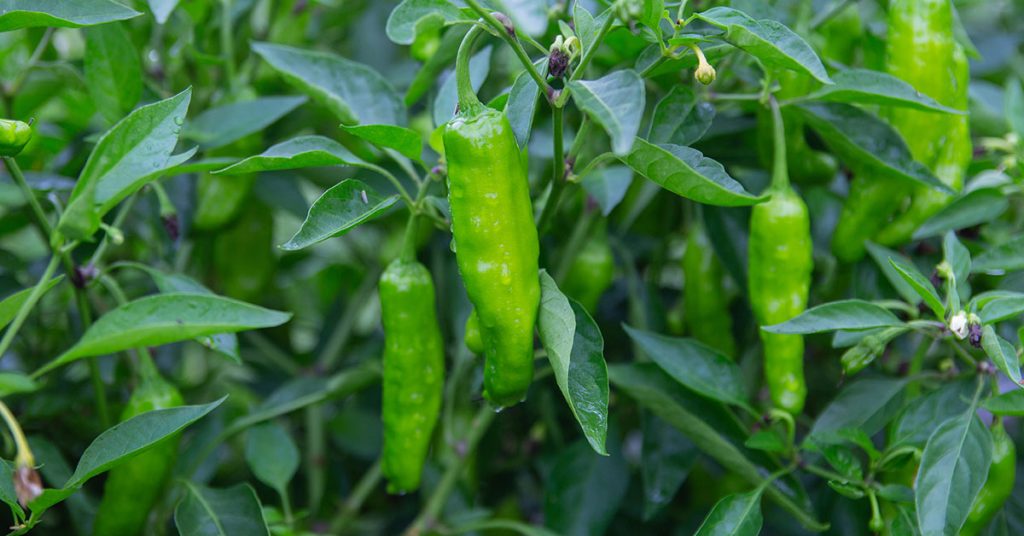
The variety of peppers you choose to grow depends on your culinary preferences and growing conditions. For sweet peppers, bell varieties like California Wonder or King of the North are popular choices. If you prefer a bit of heat, consider growing jalapeños, cayennes, or habaneros. Exotic varieties like the shishito or padrón peppers offer unique flavors and are great for grilling or frying.
It’s also a good idea to grow a mix of early, mid-season, and late-season varieties to extend your harvest period. Experimenting with different types can add variety to your meals and help you discover new favorite peppers. Selecting the right varieties for your garden ensures a diverse and flavorful pepper harvest.










